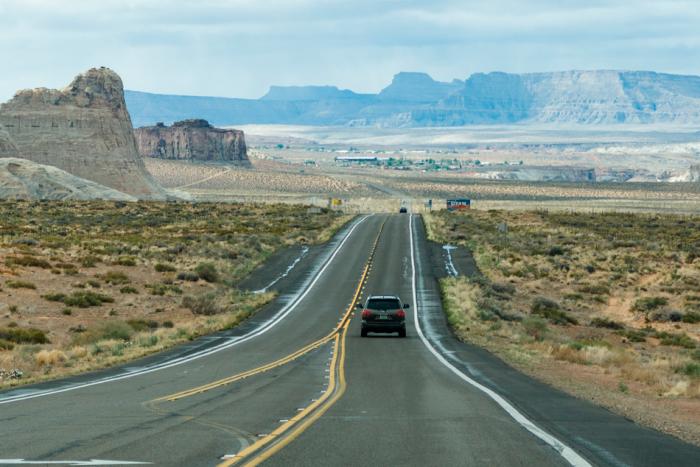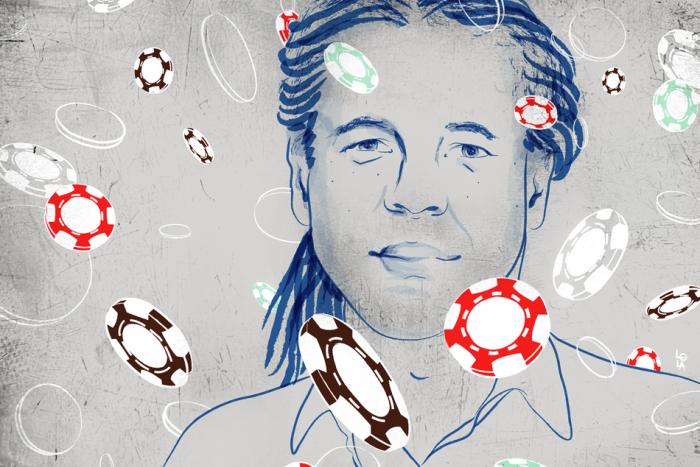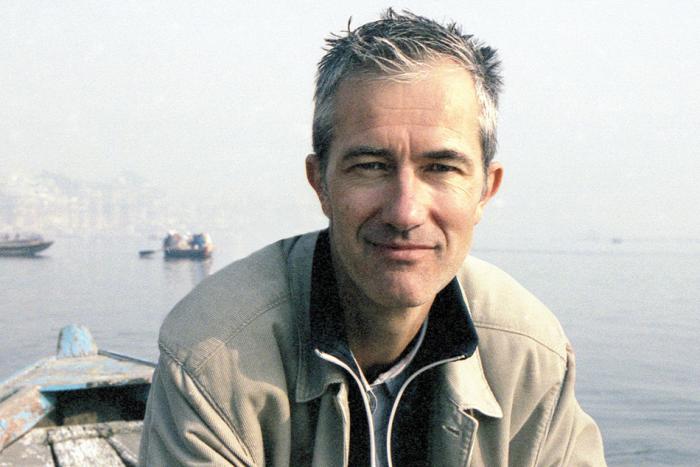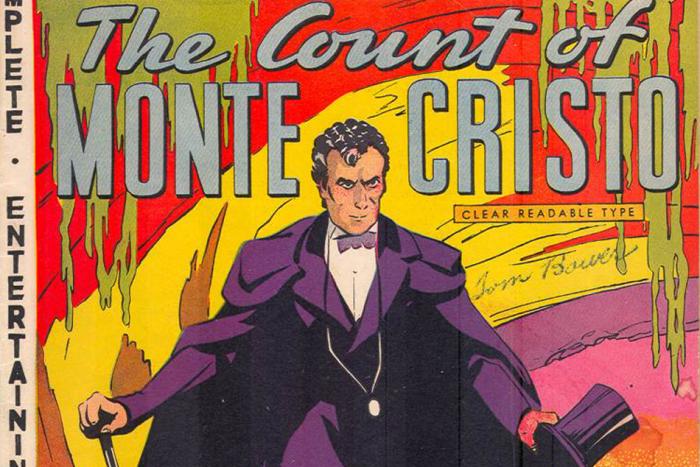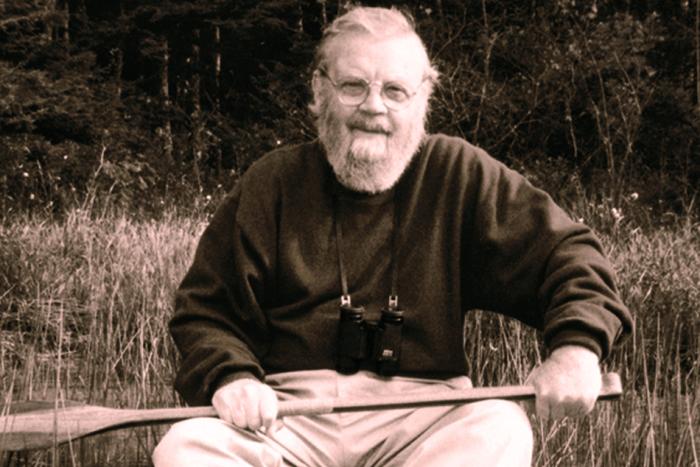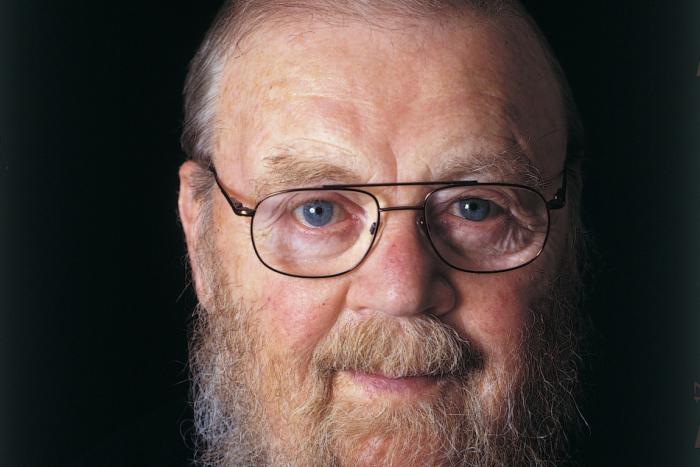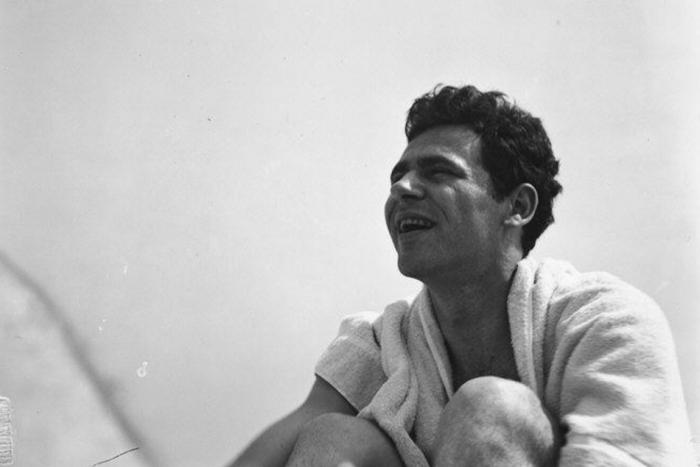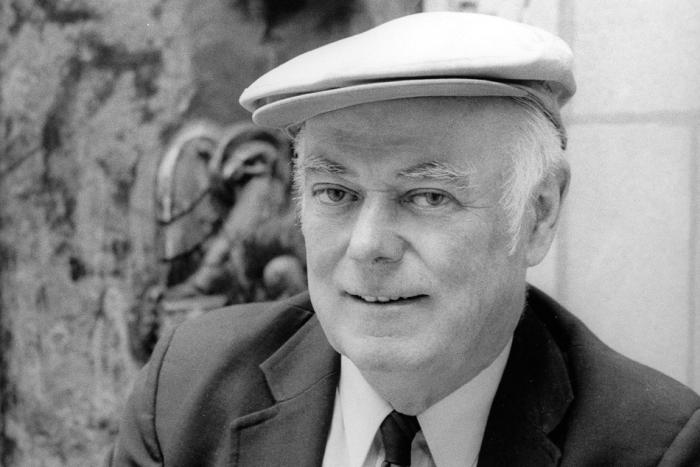Driving 14,000 desperation-fuelled miles in 1979 gave William Least Heat-Moon the story for the essential American travelogue. Putting that story on the page gave him the best possible version of a life that had been going nowhere.
Books
The Latest
Colson Whitehead was miserable when he entered the World Series of Poker. But poker is a perfect game for the miserable—and for a writer.
Whether writing fiction, non-fiction, or something in between, Dyer manages to make the implausible possible. A few recent releases—two reissued novels and a new work of journalism—show the author at three distinct yet complementary apexes.
Writers hoping to transport readers only a short distance into the future are in danger of being outfutured by reality itself. So-called “design fiction” may present creators with a more viable alternative.
It begins with an apology to Alice Munro and a blessing from the author in whose name he spoke last night. In the 2014 Margaret Laurence Lecture, Guy Vanderhaeghe describes the unlikely journey he took to become a writer.
Farley Mowat’s books represented the Canada that actually was: utterly unique in its crimes and triumphs alike, wilder than its modern reputation allows—a country we’ve turned away from, in literature and otherwise.
The fullness of Agee’s character, searching and self-punishing, is hard to glean from a single work; his newly reprinted letters to Father Flye, capturing the author throughout his life and at his most untethered, bring us closer than anything else.
Pagination
- Previous page
- Page 5
- Next page

